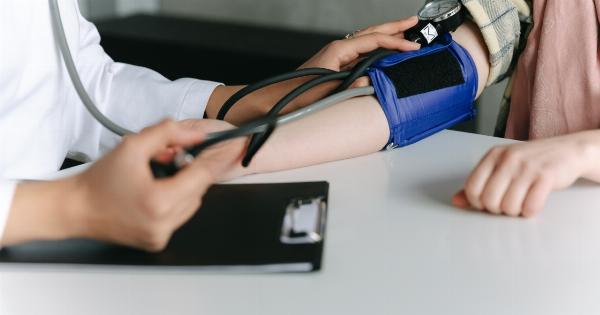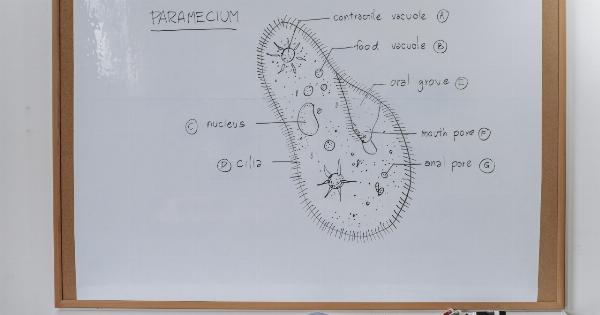Wet lungs, also known as pulmonary edema, is a condition in which the lungs fill up with fluid, making it difficult for oxygen to reach the bloodstream.
It can be caused by a variety of factors, including heart failure, pneumonia, and exposure to high altitudes. The symptoms can vary depending on the severity of the condition, but it’s important to be aware of them so that you can seek medical attention if necessary. In this article, we’ll take a closer look at the symptoms of wet lungs.
Shortness of Breath
One of the most common symptoms of wet lungs is shortness of breath. You may feel like you’re not getting enough air, or that you’re struggling to catch your breath.
This can occur even when you’re at rest, or it may get worse when you’re active. You may also feel like you’re breathing more quickly than usual.
Coughing
Coughing is another symptom of wet lungs. You may have a persistent cough that produces frothy or pink-tinged sputum. This is caused by fluid buildup in the lungs, which can irritate the airways and cause coughing.
You may find that your cough gets worse when you lie down or when you exert yourself.
Chest Pain
Chest pain can occur in some cases of wet lungs. The pain may feel sharp or dull, and it may be worse when you take a deep breath or cough. This is caused by the extra fluid in the lungs putting pressure on the chest wall.
Chest pain can also be a sign of more serious conditions, such as a heart attack, so it’s important to seek medical attention if you experience chest pain.
Wheezing
Wheezing is a high-pitched whistling sound that occurs when you breathe. It’s caused by the narrowed airways that result from fluid buildup in the lungs.
You may hear the wheezing sound when you breathe in or out, and it may be more noticeable when you’re lying down.
Fatigue
Wet lungs can also cause fatigue. This is because your body is having to work harder to get the oxygen it needs, which can be tiring.
You may feel like you have less energy than usual, or you may find that you get tired more quickly when you exert yourself.
Sweating
Sweating is another symptom of wet lungs. You may find that you’re sweating more than usual, even when you’re not exerting yourself.
This is because your body is working harder to get enough oxygen, which can cause an increase in your heart rate and sweating.
Anxiety
Some people with wet lungs may experience anxiety. This can be caused by the difficulty breathing, and the fear that you’re not getting enough oxygen. Anxiety can make the symptoms worse, and it can be difficult to manage on your own.
It’s important to seek medical attention if you’re experiencing anxiety along with other symptoms of wet lungs.
Confusion
In severe cases of wet lungs, you may experience confusion. This can be caused by a lack of oxygen to the brain, which can affect your cognitive function. You may feel disorientated or have trouble remembering things.
If you experience confusion along with other symptoms of wet lungs, it’s important to seek medical attention immediately.
Blue Lips or Fingernails
In some cases of wet lungs, you may notice that your lips or fingernails have a blue tint. This is called cyanosis, and it’s caused by a lack of oxygen in the blood.
If you notice any blue coloring in your lips or fingernails, it’s important to seek medical attention right away.
Cause of Wet Lungs
There are many causes of wet lungs. Pulmonary edema is often a sign of an underlying medical condition, such as heart failure, pneumonia, or high altitude sickness. It can also be caused by exposure to toxins, such as carbon monoxide or ammonia.
In some cases, wet lungs can be caused by medication or drug use.
Conclusion
Wet lungs can be a serious medical condition that requires prompt attention. If you experience any of the symptoms listed above, it’s important to seek medical attention right away.
Pulmonary edema can be caused by a variety of factors, and it’s important to determine the underlying cause so that appropriate treatment can be administered.


























